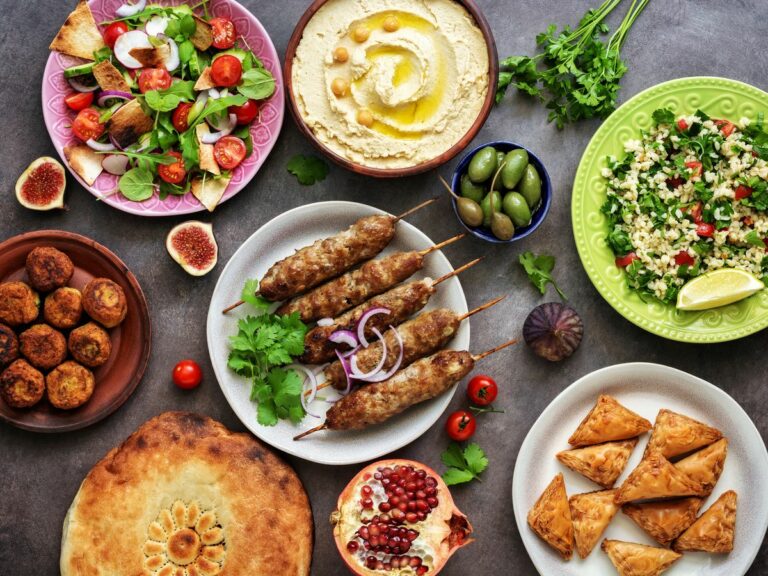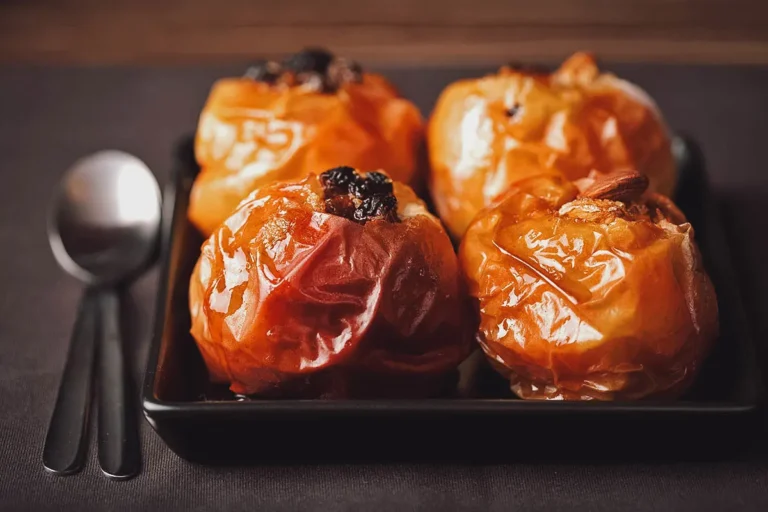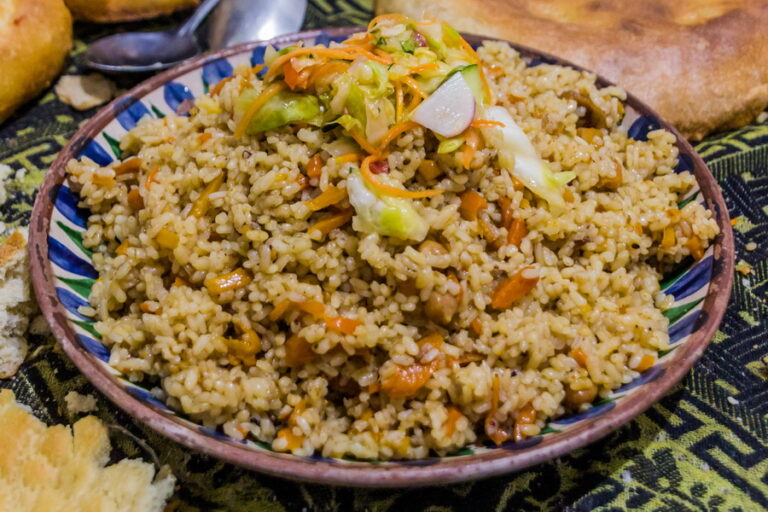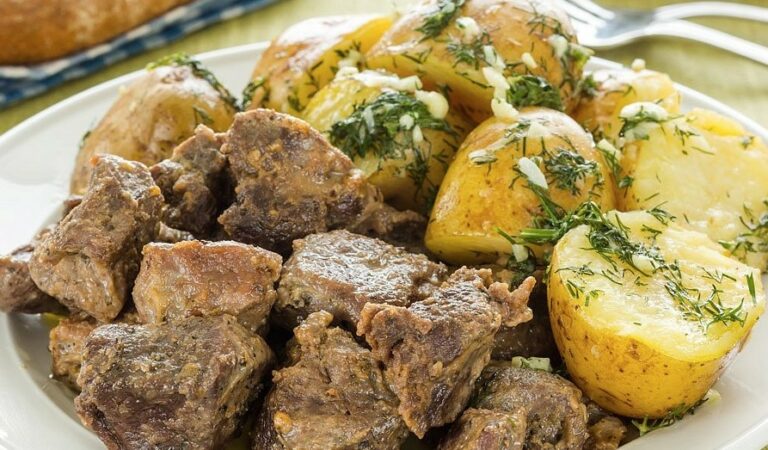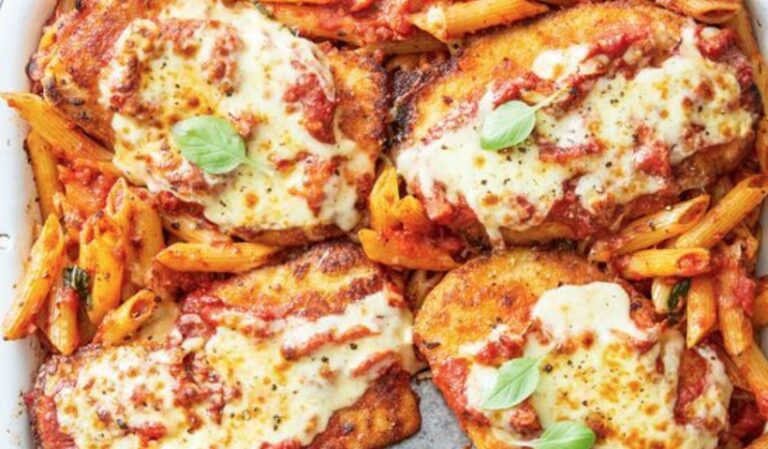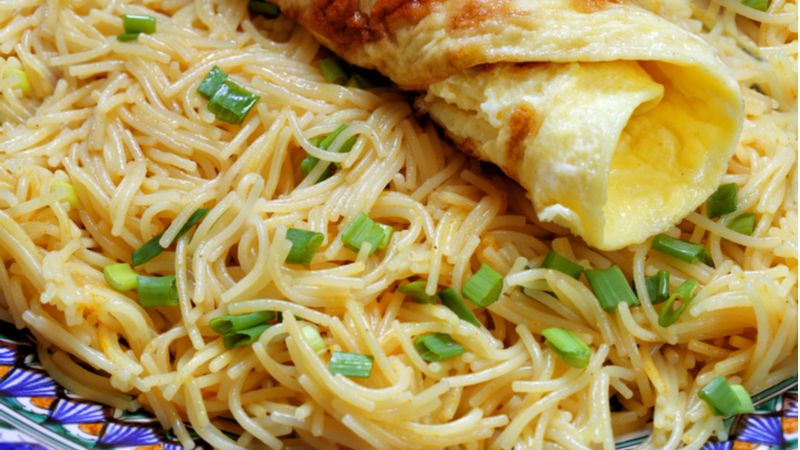Introduction: Danish cuisine basics
Danish cuisine is known for its hearty, comforting dishes that make use of locally-sourced ingredients. While Danish cuisine is heavily influenced by its Nordic neighbors, it also has a unique identity that sets it apart. Two ingredients that are commonly used to create classic Danish dishes are rye bread and potatoes. Rye bread is a staple in Danish cuisine, while potatoes have a long history of cultural significance in Denmark.
Rye bread in Danish dishes
Rye bread is a common ingredient and a staple in traditional Danish dishes. It is a dark, dense bread that is made from a combination of rye flour, water, salt, and yeast. Rye bread is used in a variety of ways in Danish cuisine. It is often sliced and served alongside open-faced sandwiches, or smørrebrød. It can also be used to make a type of Danish porridge called øllebrød, or be used as a base for the popular dish, rugbrød. Rugbrød is a hearty, traditional Danish bread that is often served with a variety of toppings, including pickled herring, cheese, and butter.
History of rye bread in Denmark
Rye bread has a long history in Denmark, dating back to the Middle Ages. Its popularity grew during World War II, when other types of bread were scarce and rye bread was a more readily available option. Rye bread is a hearty bread that is well-suited to the Danish climate. It is often made with sourdough, which allows it to last longer and stay fresh in the cool, damp climate of Denmark. Today, rye bread is an important part of Danish culture and tradition.
Health benefits of rye bread
Rye bread is a good source of fiber and protein, making it a healthy addition to a balanced diet. It also contains a variety of vitamins and minerals, including iron, magnesium, and B vitamins. The high fiber content in rye bread can help regulate blood sugar levels and promote feelings of fullness, making it a good choice for those trying to lose weight or manage diabetes.
Potatoes in Danish cuisine
Potatoes are another staple ingredient in traditional Danish cuisine. They are a versatile ingredient that is used in a variety of dishes, including stews, soups, and casseroles. Potatoes are often boiled, mashed, or fried and served as a side dish with meat or fish. They can also be used to make a variety of traditional Danish dishes, including kartoffelmos (mashed potatoes) and flødekartofler (creamy potatoes).
Cultural significance of potatoes in Denmark
Potatoes have been a part of Danish cuisine since the 18th century. They were introduced to Denmark by farmers who recognized their potential as a crop that could thrive in the country’s cool, damp climate. Potatoes quickly became a staple in Danish cuisine, and they remain an important part of the country’s culinary tradition.
How to incorporate rye bread and potatoes in Danish dishes
Rye bread and potatoes can be used in a variety of ways to create classic Danish dishes. Rye bread can be used to make smørrebrød or as a base for rugbrød. Potatoes can be boiled, mashed, or fried and served as a side dish, or used to make traditional Danish dishes such as kartoffelmos or flødekartofler. These ingredients can also be used in soups and stews to add flavor and texture.
Conclusion: Why rye bread and potatoes are staples in Danish cuisine
Rye bread and potatoes are staples in Danish cuisine due to their cultural significance and versatility. Rye bread has a long history in Denmark and is a hearty, comforting bread that is well-suited to the country’s cool, damp climate. Potatoes were introduced to Denmark in the 18th century and quickly became a staple ingredient in Danish cuisine. Together, these ingredients are used to create a variety of classic Danish dishes that are hearty, comforting, and full of flavor.


